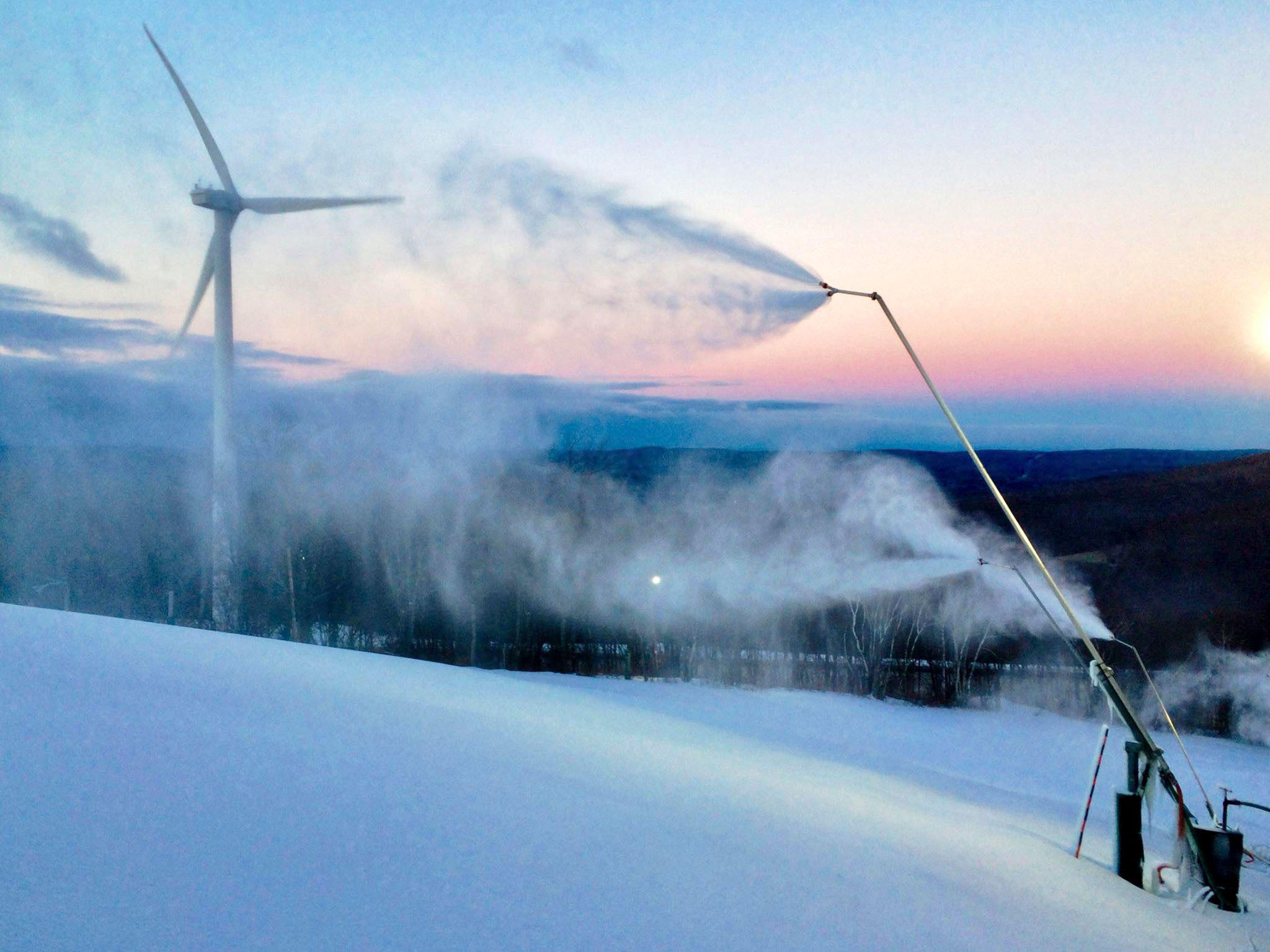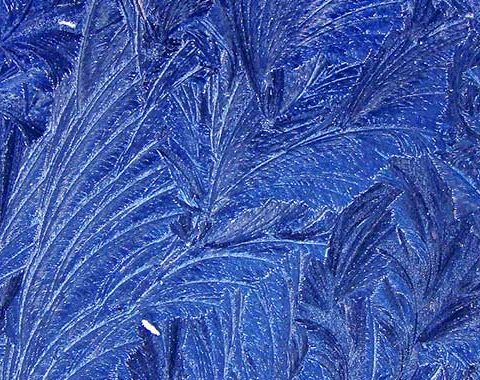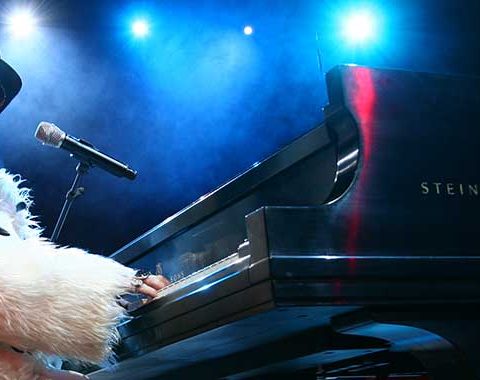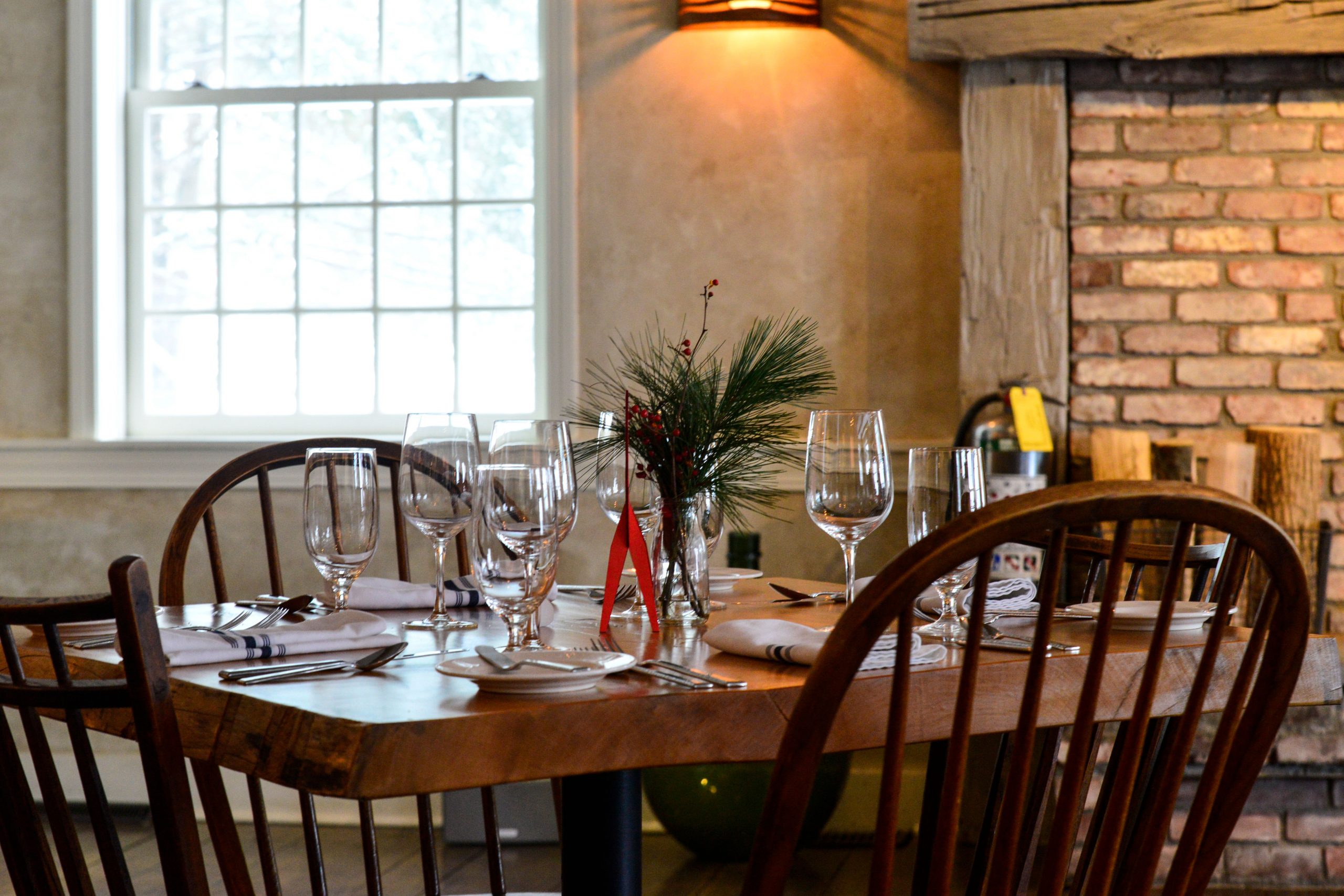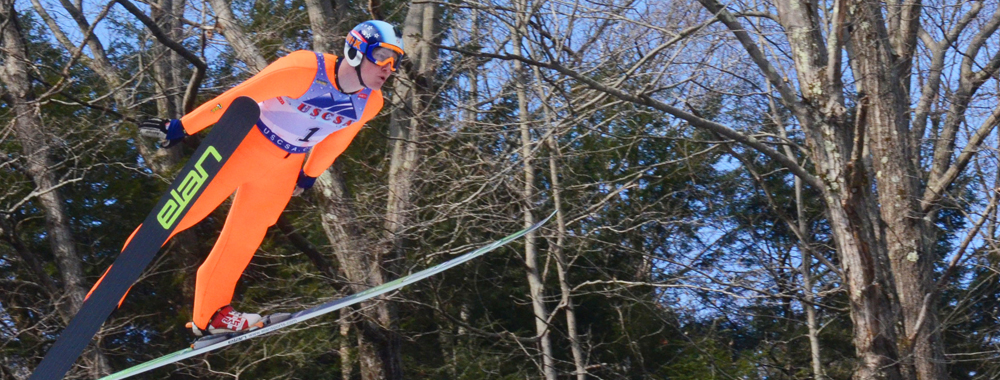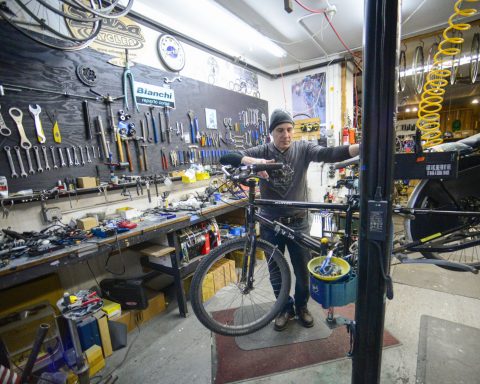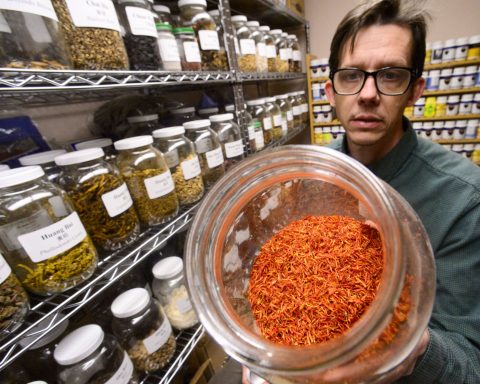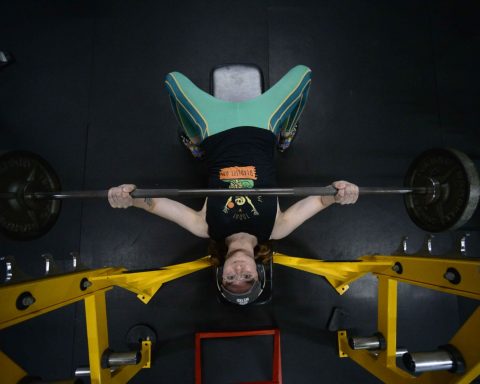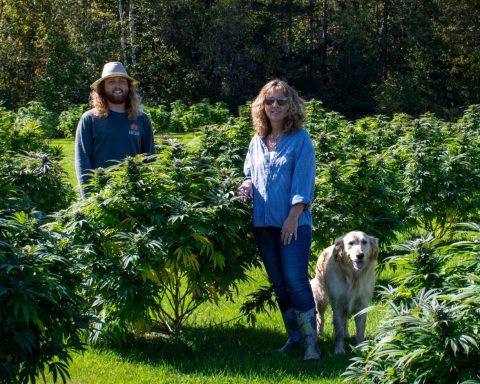By Tony Dobrowolski
Pentti Nikkanen is an aeronautical engineer. Brian Fairbank chairs the group that owns Jiminy Peak Mountain Resort in Hancock, Mass.
The two men met in the mid-1990s and bonded over an activity that to them may be more of a compulsion than a pastime.
“Snowmaking is sort of like an illness,” said Nikkanen, who lives in West Hartford, Conn. “Technically, it’s very interesting. You never know all the facts.”
Nikkanen and Fairbank have been tinkering with Jiminy Peak’s snowmaking system for many years, taking the air-to-water ratio — the formula used to make snow — to ever lower levels.
This year, they’ve come up with their most efficient system yet.
The Fairbank Group, which owns Jiminy Peak, has upgraded the resort’s entire snowmaking system — all 450 guns — with new LPX-Y Gen 3 head designs (AKA, the spray nozzle) developed by Nikkanen.
The new system uses half the amount of compressed air that Jiminy Peak had been using to turn water into snow, but it can spray twice as much water. The result? A “machine-made blizzard of snow” is how it’s officially described, and it’s so powerful it can be picked up on weather radar.
“A game-changing gun,” said Jiminy Peak CEO Tyler Fairbank, who calls it the “sledgehammer,” because it hits like one.
“It produces high, high volumes of snow at higher temperatures than other technologies right out of the chute, and it does it in the most cost-effective way of any technology out there,” Fairbank said.
The new snow guns, which cost $650,000 to install, are being sold by the Fairbank Group’s Snowgun Technologies to other ski resorts. At Jiminy Peak, the guns are expected to save the ski area about $150,000 annually in energy costs, Brian Fairbank said.
Founded in 1948, Jiminy Peak has been on the forefront of cutting edge technology before. In 1981, the ski area invented “The Jiminy Sno-coat” a thermal cover made of orange polyolefin film that could to be spread over ski trails to shield the snow from rain and sun.
The big guns

Jiminy Peak’s new snowmaking technology was born out of three earlier versions of the same gun that Nikkanen, who recently retired from Pratt & Whitney in Connecticut, had developed. The new guns let Jiminy Peak lower the compressed air-to-water mix needed to make snow, from up to a 5-to-1 ratio to a 1-to-1 match at 25 degrees fahrenheit, which makes it more cost-effective, Brian Fairbank said.
“That was the performance that we were hoping to get,” he said.
Nikkanen, whose father skated for Finland in the 1932 Winter Olympics in Lake Placid, N.Y., said energy saving technologies like Jiminy Peak’s new snow guns were originally developed by European ski areas before making their way to North America.
“They had taken a path which drove down air consumption,” Nikkanen said. “They were making devices that were fairly elaborate multi-flow levels with separate valves.
“The physics was there that you could use less air,” he continued. “The issue here was to make something simple that suited Brian and his style of making snow.”
Jiminy Peak had 75 of Nikkanen’s snow guns on the mountain last winter, one of the warmest in the Berkshires in recent memory. While last year’s lack of snow hit Jiminy Peak in the pocketbook — Tyler Fairbank said the resort’s losses were in the seven figures — the performance of these new guns still stood out.
“It was a horrible winter, just devastating,” Tyler Fairbank said, “and yet when we would ride around on our snowmobiles looking at the system, everywhere we had the guns there was a lot of snow. Where we didn’t, we didn’t have nearly as much snow. So we said if we had a mountain full of these guns, we would not have been closed on Christmas like we were last year.”
The new guns not only shoot more snow, they also allow Jiminy Peak to make snow under conditions when the ski area normally wouldn’t have been able.
“Anybody can make a lot of snow when it’s really cold,” said Jim Van Dyke, who is in charge of snowmaking at Jiminy Peak. “Climate change, global warming or whatever, even our data show that the winter temperature is going up. We needed a gun to make snow at 25 degrees not 15, 10 or 7 degrees. There’s more of those nights now when that’s what the temperature is.”
“In the old days, you’d get more hours at 17, 18 or 19 degrees,” Tyler Fairbank said. “Now these windows, especially early in the season, are more like 24 or 25 degrees. So when we see these windows, we want to make as much snow as we possibly can.”
The increased snowmaking capability also gives Jiminy Peak a competitive advantage.
“We can make enormous volumes of snow in the windows that we have knowing that our competitors don’t have that ability,” Tyler Fairbank said. “That gives us the ability to get more trails open earlier in the year, and to get the base depth down so that we can recover from weather events faster. That’s a key thing in this business.”
Snow depth accuracy
Jiminy Peak also has adopted a state-of-the-art snow depth measurement system known as SNOWsat that’s based on satellite-guided positioning.
With SNOWsat, two PistenBully groomers at Jiminy Peak have been equipped with digital mapping and GPS, which tells the drivers exactly how much snow is beneath their treads. The information gets downloaded into Jiminy Peak’s internal computer system, and is constantly checked, so that the snow depth on each trail can be determined in real time.
“You can see the changes day-to-day,” said Van Dyke. “So that impacts our snowmaking plans.”
The SNOWsat technology allows Jiminy Peak to distribute the snow it does have more evenly.
Jiminy Peak is the first ski resort in the East to adopt SNOWSat, and one of only two in North America that has the technology, according to Brian Fairbank.
The other ski area that has adopted SNOWsat, Diamond Peak in California, used the technology to distribute snow more evenly across the mountain during the winter of 2014-15 when severe drought conditions caused many ski areas in that area of California to close, according to Diamond Peak’s website.
At Jiminy, SNOWsat “allows us to budget better so that we’re not overproducing snow,” Van Dyke said. “We don’t need 10 feet of snow in one spot, just to get 8 inches in another.”
With a wind turbine, solar field and co-generation facility already in operation, Jiminy Peak is one of the few resorts in the country to be powered by 100 percent renewable energy.
Berkshire County’s largest ski area also replaced 230 of its 450 slope lights with energy-efficient LEDs that cover 60 percent of the mountain, where 21 of the 45 trails are lighted for night skiing.
Making Snow

How it’s done: Ski areas make snow by forcing water and pressurized air through a device known as a snow gun or snow cannon. The air-to-water ratio, the number of buckets of compressed air to the number of buckets of water, is the formula that allows the process to proceed. The lower the ratio, the more snow a snow gun can produce.
When it’s done: Low temperatures and low humidity are required to make snow. Ski areas measure the “wet bulb temperature,” a metric that gauges the amount of humidity in the air, to determine when the best snowmaking conditions will occur. If the temperature is within the range for snow making, but the humidity is too high, the process cannot take place.
History: Snowmaking became popular in the second half of the 20th century after the snow cannon was invented in 1950. It came into extensive use in the 1970s. Grossingers Catskill Ski Resort was the first area in the world to make “artificial” snow in 1952.
